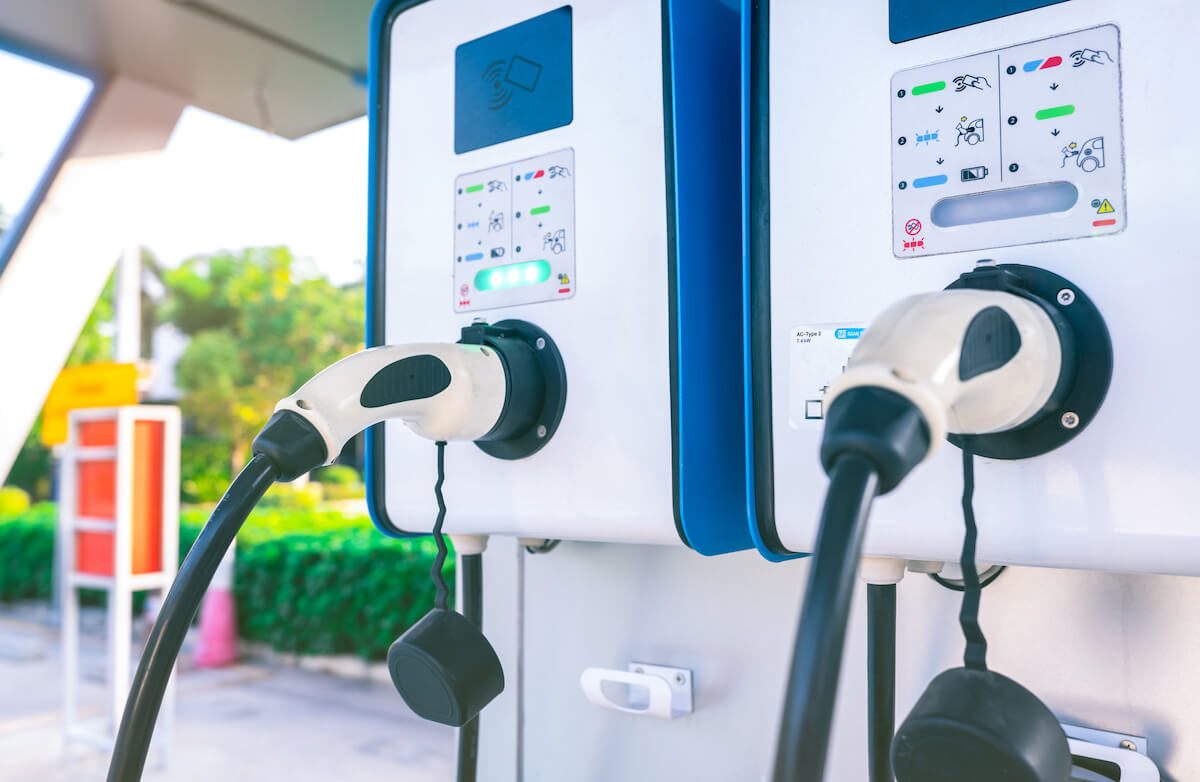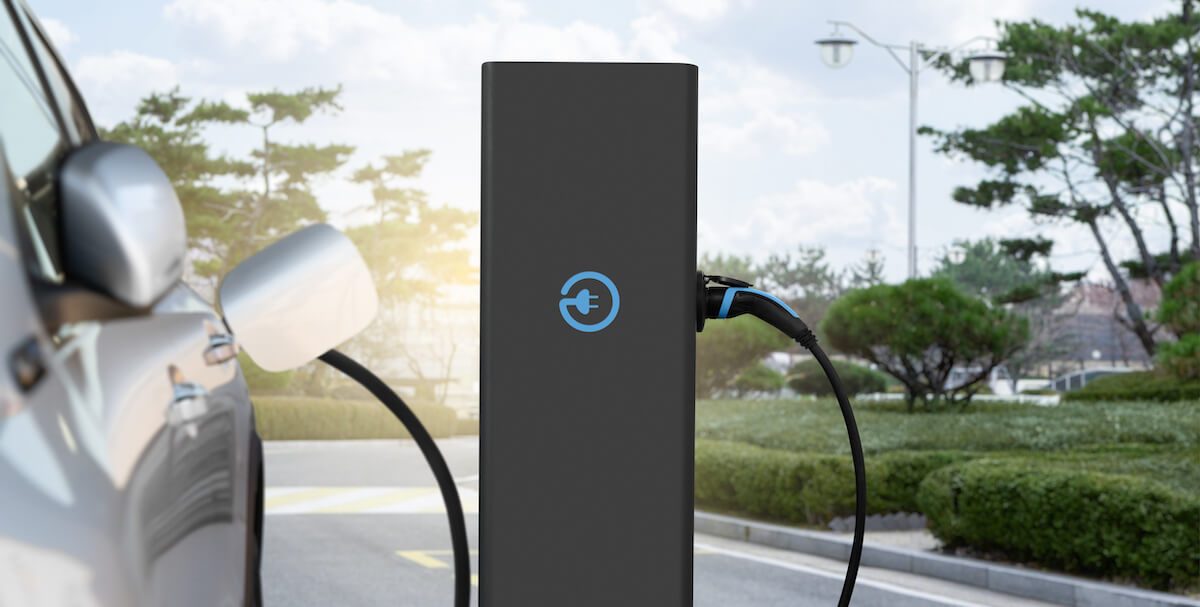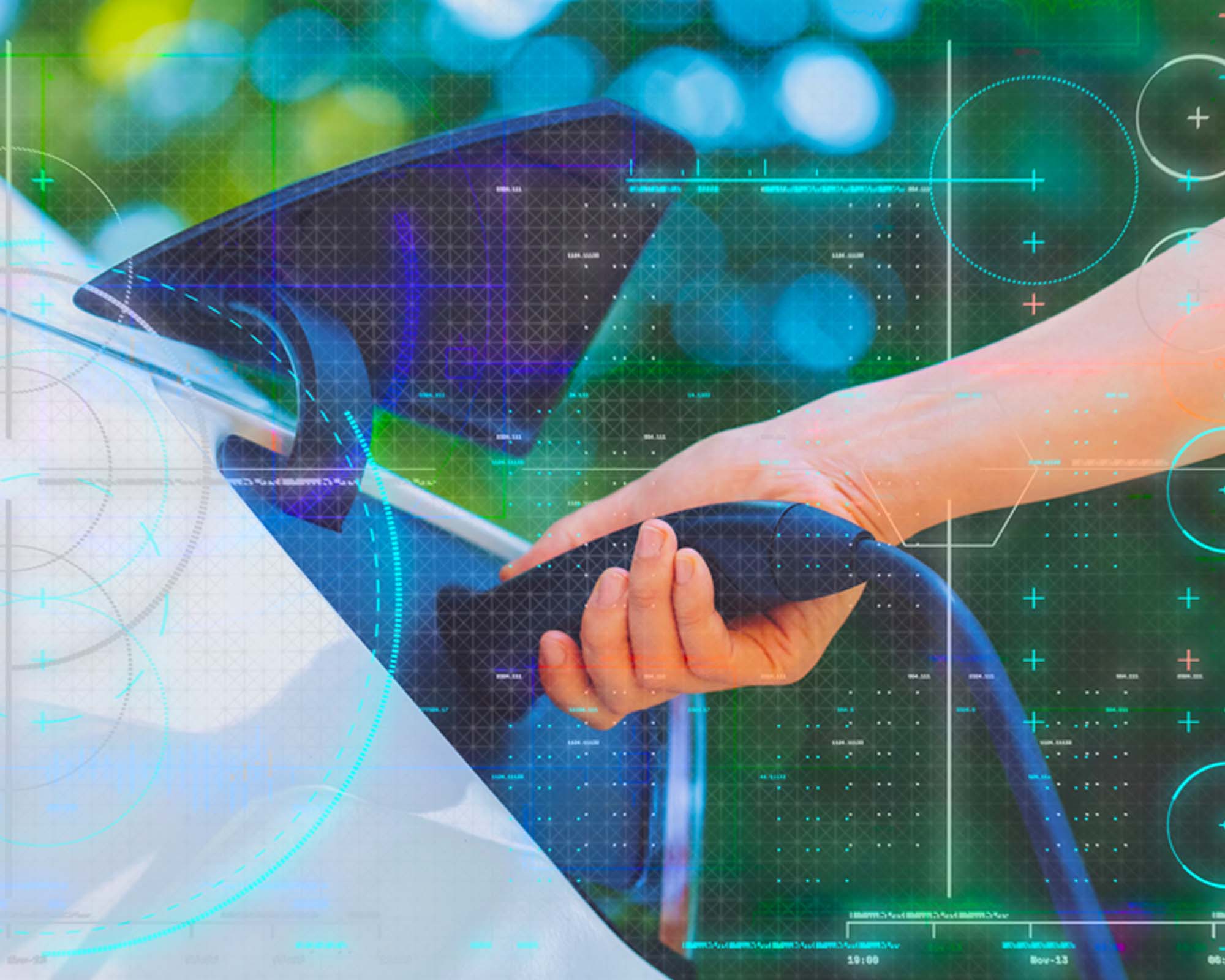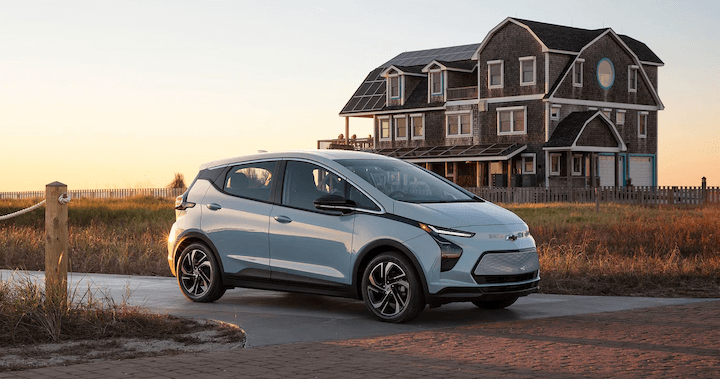10 Tips to Reduce EV Infrastructure Costs
Fleet electrification is here — are you ready? You can save through lower electric vehicle (EV) operating costs, though there is an upfront investment needed to support the necessary EV charging infrastructure. The good news is that there are a number of ways to help reduce your spending when it comes to equipment and support, and this guide is a great place to start. Keep reading to discover 10 tips to reduce your EV infrastructure costs.
EV Infrastructure Overview
Infrastructure refers to the necessary charging equipment, software, and support to maintain and power electrical vehicles. This includes different types of charging equipment, financing, and any related supplies.
EV Charging Infrastructure Costs
Here are the types of costs fleet managers can expect.
- Charging stations and connectors — There are three main types of charging stations: depot, home charging, and public charging, the first two of which are the most popular options for EV fleets. In addition, there are three levels of EV charging: Level 1, Level 2, and Level 3. Level 2 charging stations are typically recommended for EV fleets, but the type, level, and number of charging stations will impact the cost.The EVSE port on a charging station provides power to one vehicle at a time. A connector is what you will use to plug into the vehicle to begin charging.
- Installation — Charging infrastructure installation costs vary widely based on the application and may include initial site evaluation, inspections, compliance, permitting, trenching, signage, electrical upgrades, and labor. In certain cases, you may also need to address accessibility concerns.
- Networked charging infrastructure — This type of infrastructure connects a charging station to a larger network. Non-networked charging infrastructure, which does not connect to the Internet, is less expensive but will not allow a fleet manager to track usage and costs.
- Operation and maintenance — This includes electricity, general maintenance, and warranty costs.
10 Tips to Reduce EV Infrastructure Costs
- Educate yourself first
An EV education is an important first step. This includes EV basics (what types of makes and models are available), types of charging infrastructure and equipment, associated costs, and what your EV charging strategy might look like. You also want to think about securing and protecting your chargers from unauthorized use. If you’re already partnered with an FMC, they’re a good place to start. If you’re currently managing your fleet in-house, check out webinars and white papers and gather the data and information you need to make an informed decision. - Determine your timeline
When are you looking to implement EVs? Does your company or organization have a set date, or is the timeline flexible? It’s important to remember that implementing an EV charging infrastructure solution can take anywhere from 3–18 months, depending on the scope of the project, especially if you require more than three or four plugs. Starting as early in the process as possible allows you to gather the information you need — and explore the right incentives — in order to make the best cost-effective decisions. - Anticipate your future needs
It might be tempting to focus on the here and now, but it’s important to consider your company or organization’s future goals and needs. It’s often more expensive to start with just a few chargers and then install another dozen in a year or so. Make sure your internal stakeholders are aligned on their long-term vision for fleet electrification. You may also commence conversations with your utility provider about your needs. - Explore tax credits, grants, and incentives
EV funding resources are continually evolving. Explore federal funding and financing programs, and research tax credits and incentives in your own state. Remember — keep your EV implementation timeline in mind when exploring these types of programs. Many grants and other financial incentives will often require an application to be submitted months in advance. Your utility provider might offer specific charging incentives for your area, you or your fleet management partner should be checking for available incentives before you break ground on your project. - Reduce “soft costs”
“Soft costs” is a term widely used in the Reducing EV Charging Infrastructure Costs report from the Rocky Mountain Institute, which found that “the greatest opportunity for cost reduction lies in ‘soft costs’: process costs, marketing costs, opportunity costs, the cost of delays in permitting, and so on.”Additional soft costs include communication between utilities and providers, surveying the land, site evaluations, employee resources, subcontractors, and electricians. - Avoid easement process delays
An easement is a legal term that grants permission for a person, entity, or company to use someone else’s property for a specified reason. An easement is not always needed in the installation of EV infrastructure, but it can add delays and additional costs to a project, especially if there are legal issues or land owners need to get involved. - Schedule your charging to avoid higher demand costs
It’s no secret that utility rates fluctuate based on demand and time of day. When installing chargers, ensure your software is configured to prioritize charging during off-peak hours to help reduce costs. - Consider efficiency of charging layout and design
The phrase “location, location, location” also applies to the installation of EV infrastructure. In many cases, how you transfer power from the source to the charger is one of the most expensive costs. The bottom line — the closer the power source to the charging station, the less expensive your costs. - Investigate energy storage options
Consider investing in local battery backup, which will allow you to run the EV chargers when utility rates or demand are exceptionally high. They may also allow you to continue operations in the event that electrical services are interrupted. - Work closely with an EV fleet implementation partner
Implementing EV infrastructure can seem challenging and overwhelming, which is why you should consider working with experts in EV fleet consulting. An EV fleet management partner can help you figure out exactly what you need and will be able to answer any questions you may have about tax credits, incentives, and other ways to save money.
Looking for More Information About EV Infrastructure?
Merchants Fleet combines the best in EV infrastructure and technology to offer a variety of services and solutions tailored to your needs and budget. We pride ourselves on being an end-to-end EV provider that can help you develop a strategy for fleet electrification. The EV experts at Merchants will help you secure the right vehicles to match the needs of your fleet and plan an effective charging solution through our ClearCharge™ suite of charging products.
Ready to start your EV adoption journey? Our EV consultants are here to answer your questions. Contact us today for more information on how to get started.






